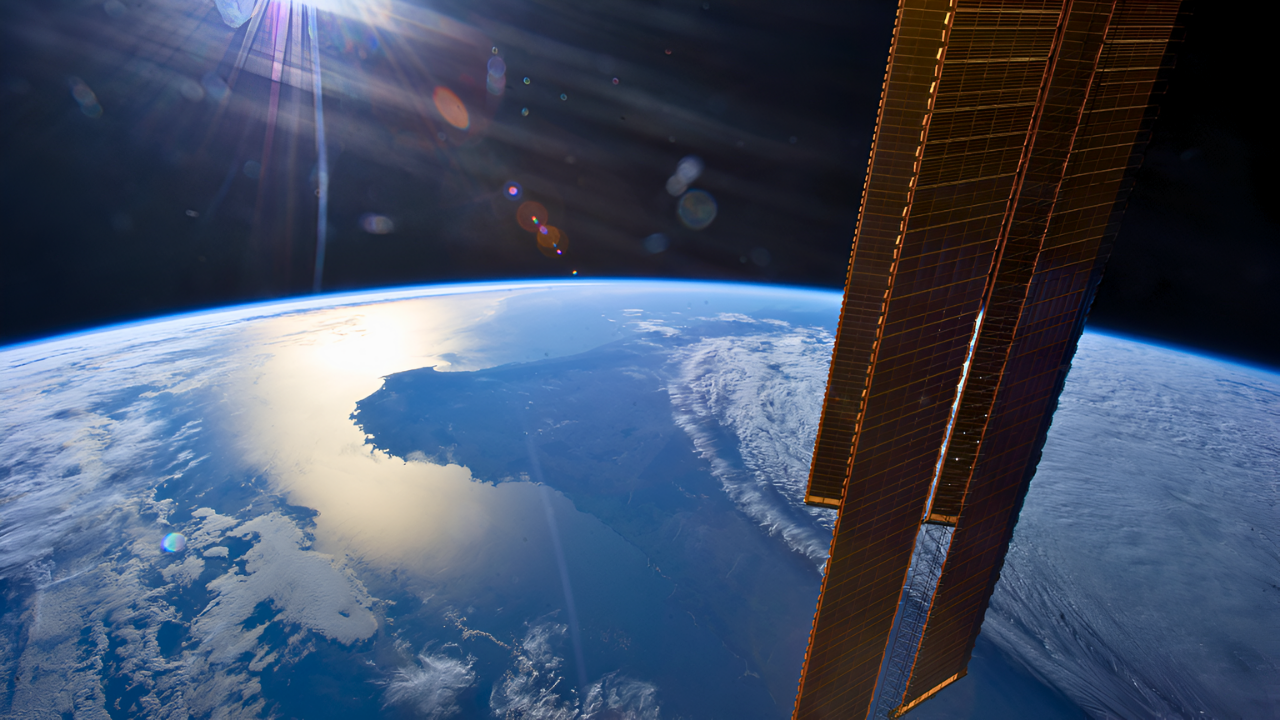
For 65 years, a small, harmless space rock has quietly kept pace with Earth as both orbit the Sun.
This isn’t a piece of leftover rocket or a forgotten satellite. Instead, it’s an asteroid called 2025 PN7, first spotted this summer by astronomers in Hawaii.
Measuring approximately 19 meters long, it has followed Earth on its journey through space since the 1960s, going completely unnoticed by even the most powerful telescopes until now.
Hiding in Plain Sight
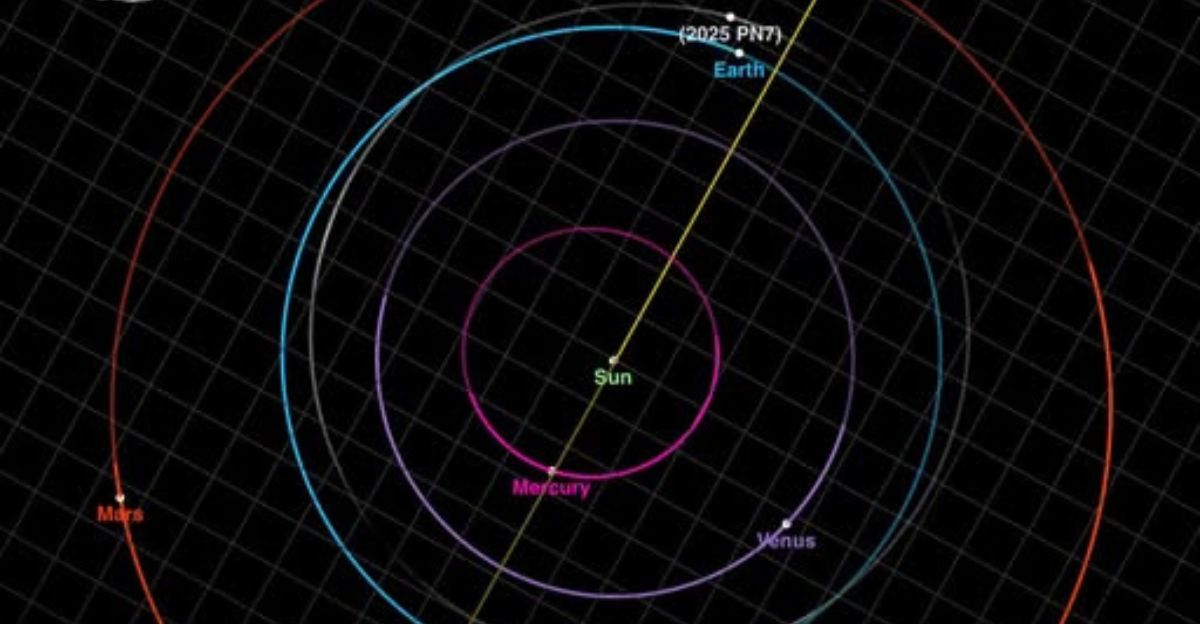
The fact that 2025 PN7 went undetected for so long isn’t because astronomers weren’t looking.
It’s because the asteroid is incredibly dim, making it nearly invisible unless it passes close to Earth under ideal conditions. Only the latest generation of professional telescopes, with perfect timing, could finally see it.
Its faintness and few opportunities for good viewing mean the asteroid slipped through generations of searches, hiding in plain sight for over six decades.
Not Your Average Moon
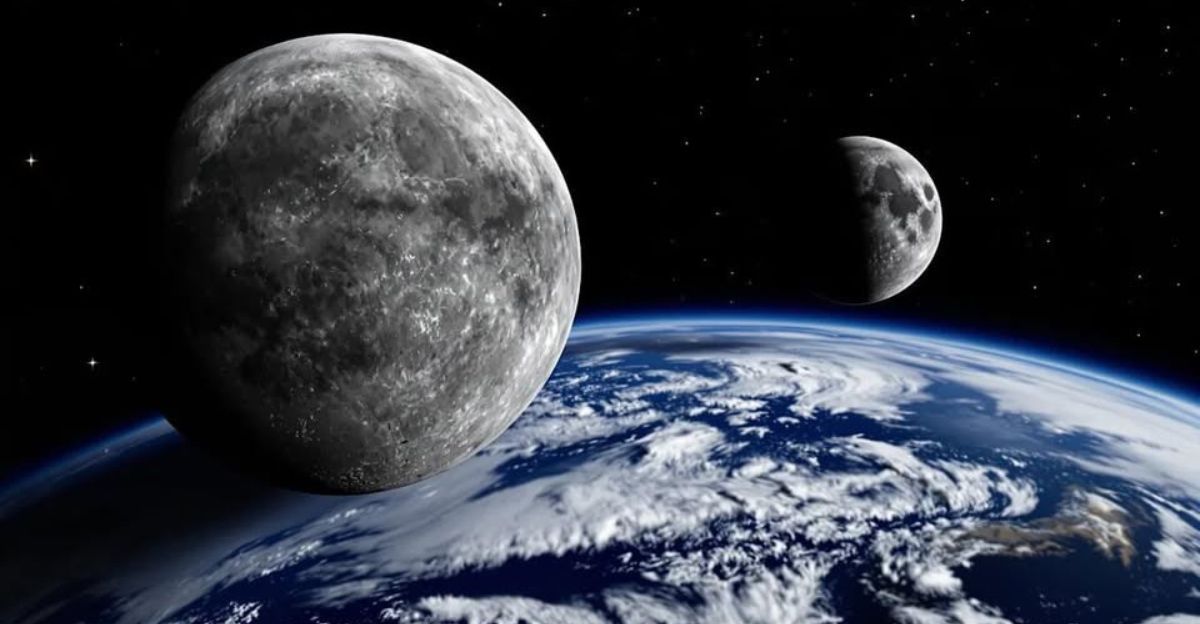
When word spread of 2025 PN7, some headlines shouted that Earth now has “two moons.” But this asteroid isn’t a moon in the usual sense. It belongs to a rare class called quasi-satellites.
These objects don’t circle Earth like the Moon does; instead, they orbit the Sun, keeping nearly the same pace as Earth. From our viewpoint, we see them circling with us, but Earth’s gravity does not trap them.
This difference is essential: real moons stay inside Earth’s gravitational sphere—the area where our gravity is strongest. Quasi-satellites move in synchronization for a period, and eventually drift away again.
The Arjuna Connection

Where did 2025 PN7 come from? Scientists think it belongs to the “Arjuna” group—a set of asteroids whose orbits are very similar to Earth’s.
The group isn’t an actual physical belt like the more famous asteroid belt, but a term for asteroids with low-tilt, nearly circular orbits at about the same distance from the Sun as Earth is.
These Arjuna asteroids are close cosmic neighbors, and some may even be bits of the Moon flung into space by ancient cosmic impacts long ago.
Six Decades Undetected
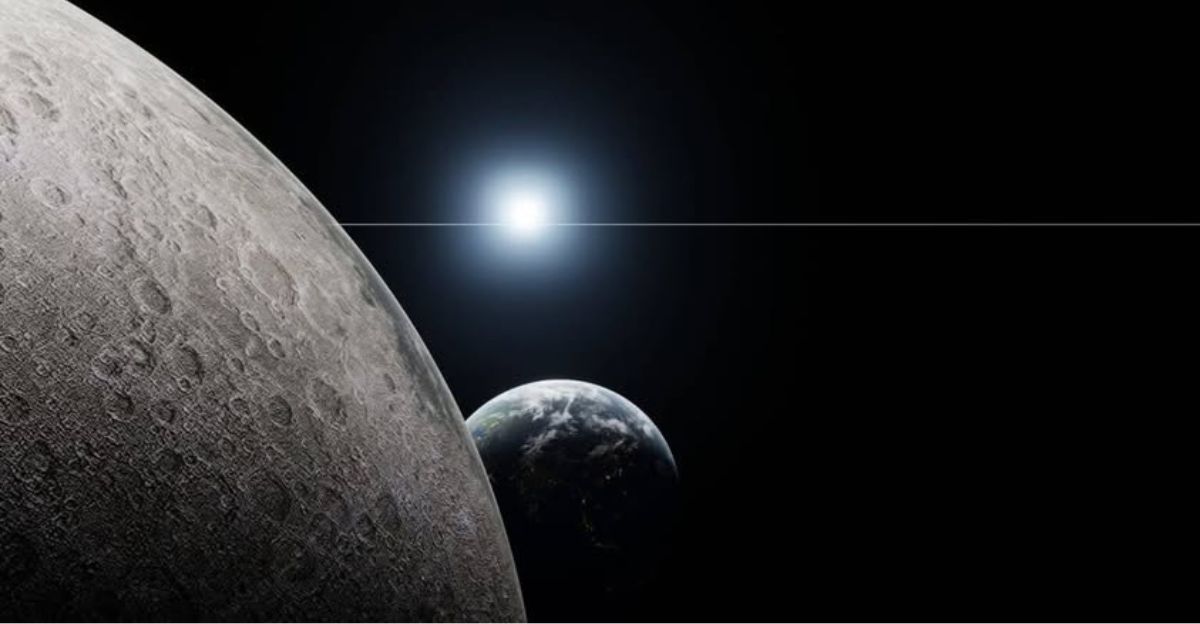
Detailed computer modeling shows that 2025 PN7 began shadowing Earth as early as the mid-1950s.
That means it has been our cosmic companion throughout humanity’s space adventures, without anyone realizing. For about 65 years, it’s traveled nearly 2.5 billion miles alongside our planet. The partnership isn’t eternal, though.
Calculations predict that sometime around 2083, the Sun’s gravity will finally break their connection, sending the asteroid into a different orbit after almost 130 years together.
No Danger Zone

Despite its discovery making headlines, scientists stress that 2025 PN7 is no threat to Earth.
Even at its closest approach, it comes no nearer than 299,000 kilometers—ten times farther than the Moon.
Most of the time, it’s much farther away. With a diameter likely between 18 and 36 meters and a mass calculated to be about 15,000–120,000 metric tons, it is simply not large enough or close enough to pose any risk.
In fact, harmless nearby asteroids like this one are considered valuable sources of information about the history of our solar system.
Size Comparison

To understand the scale of 2025 PN7, imagine a large bus or half a basketball court.
That’s about 19 meters in length. This puts it in the same size category as the Chelyabinsk meteor, which exploded over Russia in 2013.
That event injured nearly 1,500 people and damaged thousands of buildings, even though the meteor itself was only 17–20 meters wide.
The comparison highlights that even minor asteroids can have significant impacts, but with 2025 PN7’s very distant orbit, there’s no danger it will ever strike Earth.
The Amateur Astronomer’s Catch
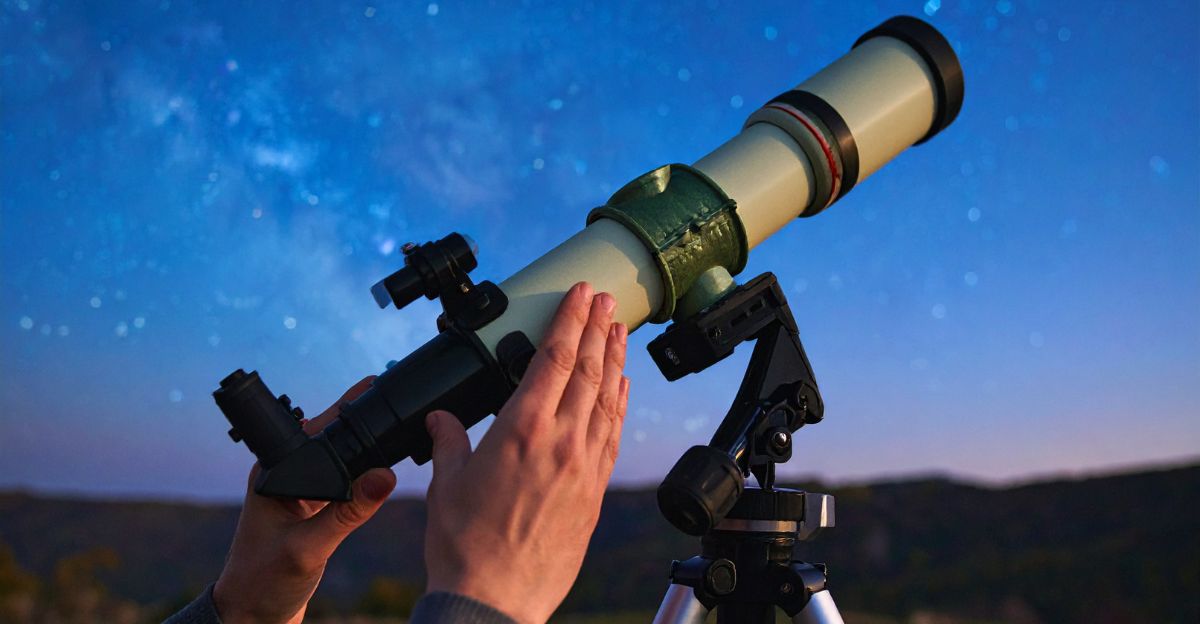
A breakthrough in understanding 2025 PN7 came thanks to an amateur astronomer from France, Adrien Coffinet.
In late August 2025, Coffinet shared calculations online suggesting that PN7 was not just another ordinary asteroid—it was a quasi-satellite of Earth for the next several decades.
This insight, based on data from Hawaii’s Pan-STARRS telescope, helped the professional science community quickly recognize PN7’s special relationship with our planet.
The story shows how both citizen scientists and professionals work together to unravel cosmic mysteries.
NASA’s Quiet Role

Although many headlines credit “NASA” with confirming this discovery, the story is a bit more complicated.
NASA didn’t publish an official announcement. Instead, the detection and analysis all relied on NASA-funded telescopes and database systems, such as the Near-Earth Object Observation Program and the JPL Horizons software.
This is common: NASA supports many teams and tools involved in asteroid tracking, so when those resources confirm something, news outlets often report that “NASA confirmed it”—even when there’s no formal statement.
The Quasi-Moon Family

2025 PN7 isn’t alone. Earth currently has seven known quasi-satellites: 164207 Cardea, 469219 Kamo’oalewa, 277810, 2013 LX28, 2014 OL339, 2023 FW13, and now 2025 PN7.
Among these, Kamo’oalewa is the most stable—a cosmic partner for almost 400 years. By comparison, PN7’s tie to Earth, lasting 128 years, is pretty short.
Intriguingly, scientists speculate that Kamo’oalewa could be an actual fragment of the Moon, blasted into space by a giant impact ages ago, highlighting just how unique and diverse these objects can be.
The 1991 Alien Probe Mystery

Not all quasi-satellites have been easy to classify. When astronomers discovered asteroid 1991 VG, its Earth-like orbit and rapid spin led some researchers to suggest that it might actually be a spacecraft sent from Earth—or even an alien probe.
The way it tumbled didn’t match expectations for natural asteroids, and early computer models were unable to explain its motion.
After more observations, scientists realized that 1991 VG did fit with naturally occurring asteroids, showing that these objects sometimes challenge our understanding and can lead to wild speculation before science catches up.
Pan-STARRS: The Discovery Machine

The Pan-STARRS telescope system in Hawaii, funded by NASA, has become a world leader in spotting asteroids and comets.
Operating nightly, it scans huge sections of the sky, taking sequences of pictures to spot moving objects. Together with another survey, the Catalina Sky Survey, Pan-STARRS accounts for the majority of new near-Earth object discoveries.
It even found the first interstellar visitor, ‘Oumuamua, in 2017. Pan-STARRS is particularly good at detecting larger asteroids hundreds of meters across, and it relies on NASA funding—the same infrastructure that helped reveal the story of 2025 PN7.
The Departure Date
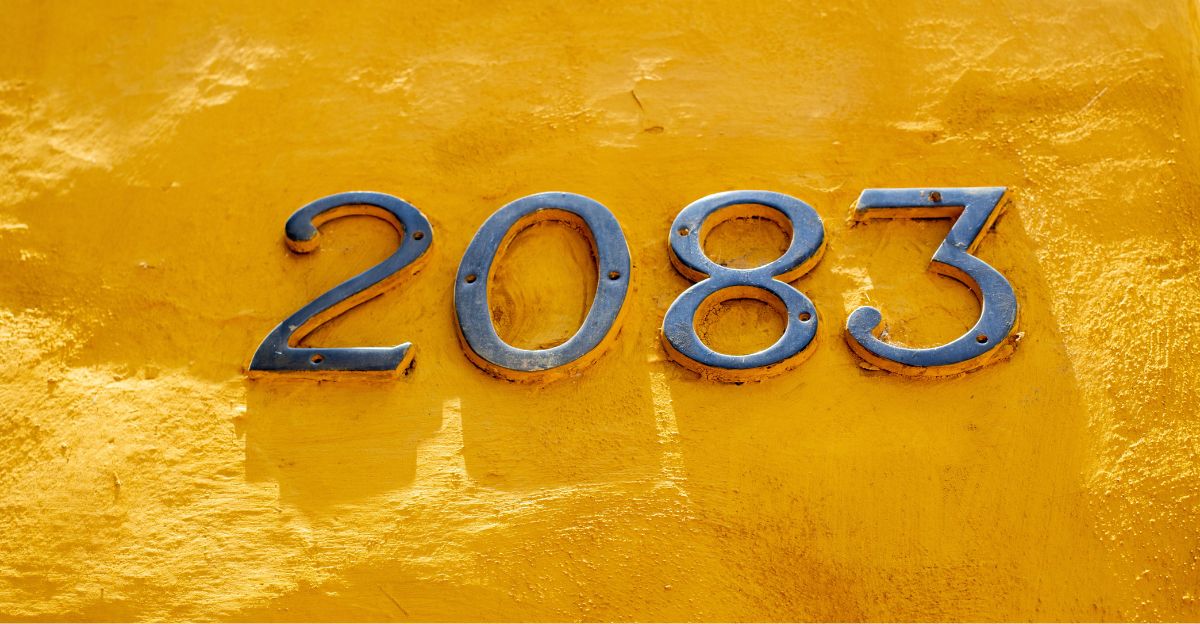
How long will 2025 PN7 remain as Earth’s companion? Scientists predict about 58 more years until around the year 2083.
After that, the Sun’s gravity will start to tug harder, pulling the asteroid out of its dance alongside Earth. Scientists expect 2025 PN7 will switch to a “horseshoe” orbit—a configuration where it appears to trace a looping, horseshoe-shaped path from our perspective.
This kind of transition is common for quasi-satellites, whose orbits are never permanently stable due to the Sun’s dominant gravitational pull.
If predictions hold, today’s children will be middle-aged adults when the partnership ends.
Mini-Moons vs. Quasi-Moons
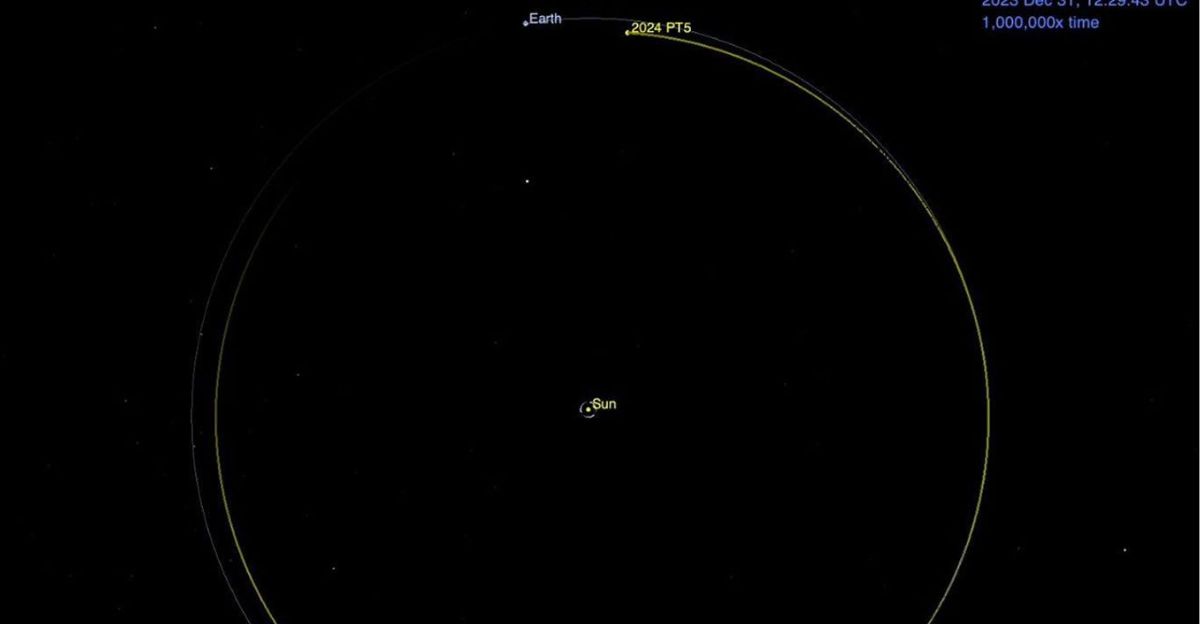
While quasi-satellites like 2025 PN7 orbit the Sun in step with Earth, our planet also experiences short-term captures called “mini-moons.”
These are objects that get temporarily caught by Earth’s gravity, circling us for a few weeks or months before drifting away again. For example, in September 2024, asteroid 2024 PT5 became a mini-moon for less than two months before returning to space.
The key difference is that mini-moons are actually bound to Earth’s gravity, albeit for only a very short time, unlike quasi-satellites, which appear to stay close due to synchronized orbits.
What This Means for Science
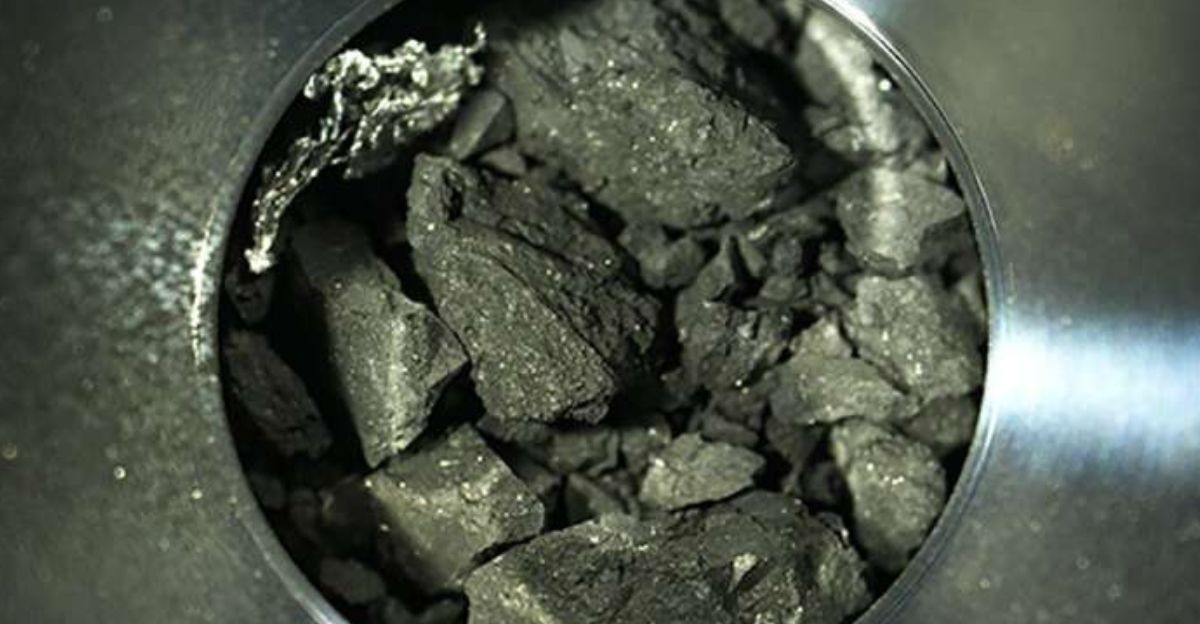
The surprising discovery of 2025 PN7 presents scientists with a remarkable opportunity to study near-Earth asteroids and observe how their orbits evolve.
These objects can reveal secrets about the gravitational forces that move asteroids around the solar system—vital knowledge for defending Earth against potential impact threats.
If 2025 PN7 turns out to be a chunk of the Moon, as some suspect Kamo’oalewa is, studying its material might help shed light on how our Moon formed and what’s happened to it throughout history, all without needing an expensive new space mission.
China’s Sample Return Mission
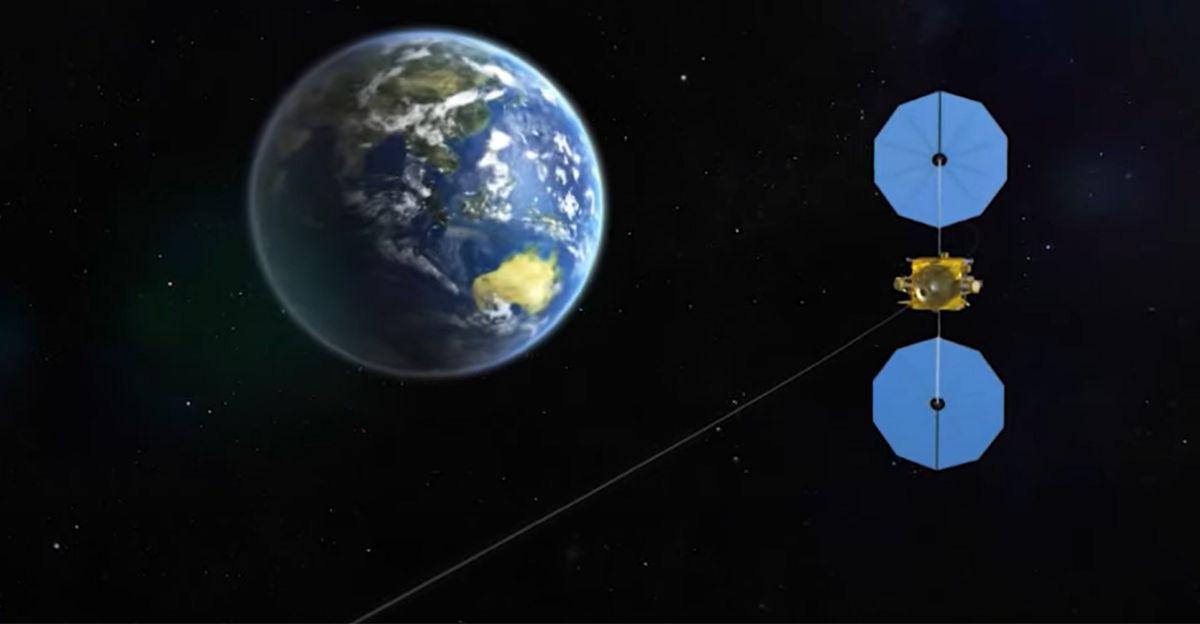
Quasi-satellites do more than offer scientific puzzles—they’re practical targets for space exploration.
China launched the Tianwen-2 spacecraft in May 2025 to visit Kamo’oalewa, aiming to bring back rock samples for analysis by 2027.
This is China’s first mission to return material from an asteroid, making it only the third country ever to do so. After dropping off the samples, the craft will travel on to a distant comet, making it a dual-target journey.
Quasi-satellites are close enough to reach more easily than most objects in the solar system, highlighting their importance in future exploration.
Planetary Defense Implications
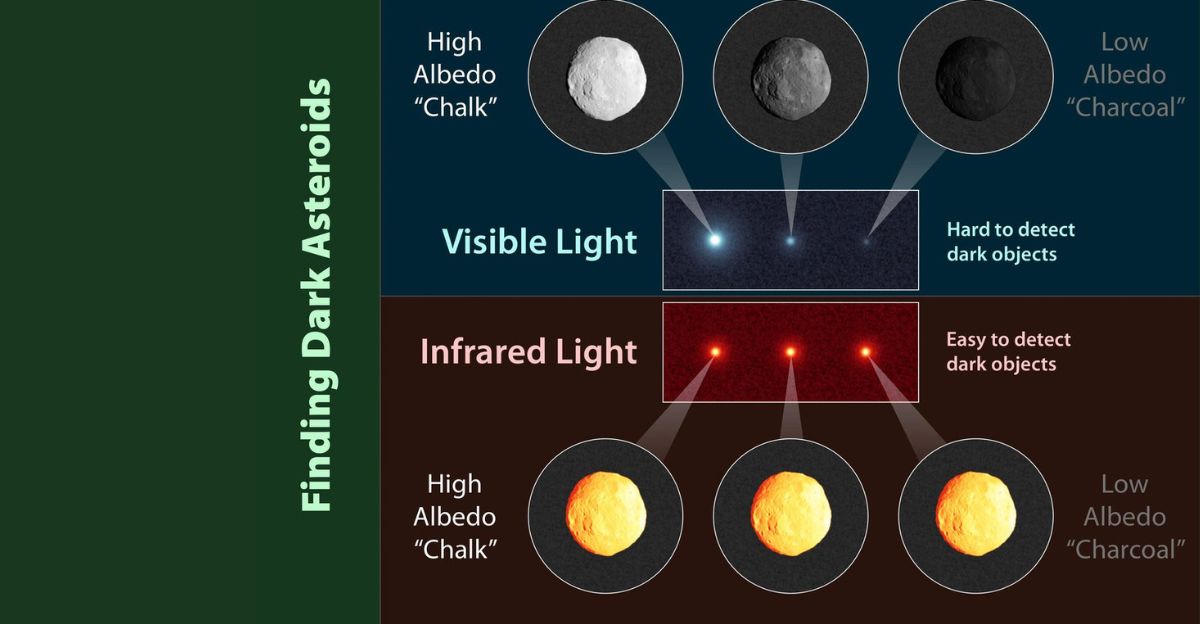
The late discovery of 2025 PN7 highlights significant challenges facing experts who protect Earth from asteroid impacts.
NASA aims to identify all near-Earth asteroids larger than 10 meters, as even small ones can pose a danger. But only about 40% of the larger asteroids have been discovered so far—smaller ones like 2025 PN7 are harder to track.
That’s why NASA is building a new telescope called NEO Surveyor, scheduled for launch in 2027.
It will utilize special detectors to identify dark asteroids that don’t reflect much sunlight, particularly those approaching from the Sun’s direction, thereby helping to close current gaps in early detection.
Public Reaction and Misinformation

Once news broke of Earth’s “second moon,” social media quickly filled with excitement, confusion, and sometimes misinformation.
Many viral posts incorrectly claimed that Earth really has two moons, overlooking the crucial point that 2025 PN7 is only a quasi-satellite.
Rumors spread about changes to tides or collision dangers—none of which are true, given PN7’s distant orbit and physical properties.
Scientists and educators have worked diligently to correct these misconceptions, using the situation to highlight how sensational headlines can lead to misunderstandings, while also fostering public interest in genuine science.
Discovery Patterns

The story of 2025 PN7 fits a pattern seen before with quasi-satellites: we often discover them years or even decades after they start shadowing Earth.
Astronomers recognized significant examples, such as 1991 VG and Kamoʻoalewa, as quasi-satellites only much later, even though those objects had orbited Earth for years.
The primary reason is their small size and faintness, which makes them difficult to spot even with modern technology.
As survey systems improve and astronomers launch space-based missions like NEO Surveyor, they expect to discover many more quasi-satellites and potentially reveal companions that have traveled alongside Earth for centuries without being detected.
Silent Companion

In summary, a small asteroid has quietly accompanied Earth since the 1960s, but it isn’t an actual second moon.
It circles the Sun rather than Earth, and astronomers classify it as a quasi‑satellite—a temporary cosmic companion that will leave our planet’s neighborhood in 2083. NASA-funded infrastructure made the discovery possible, although the agency itself did not make the announcement.
2025 PN7 poses absolutely no danger, never getting closer than ten times the Moon’s distance.
Its long-hidden companionship reminds us how vast nearby space is and how much we still have to learn about our ever-changing cosmic neighborhood.